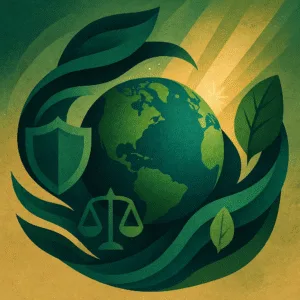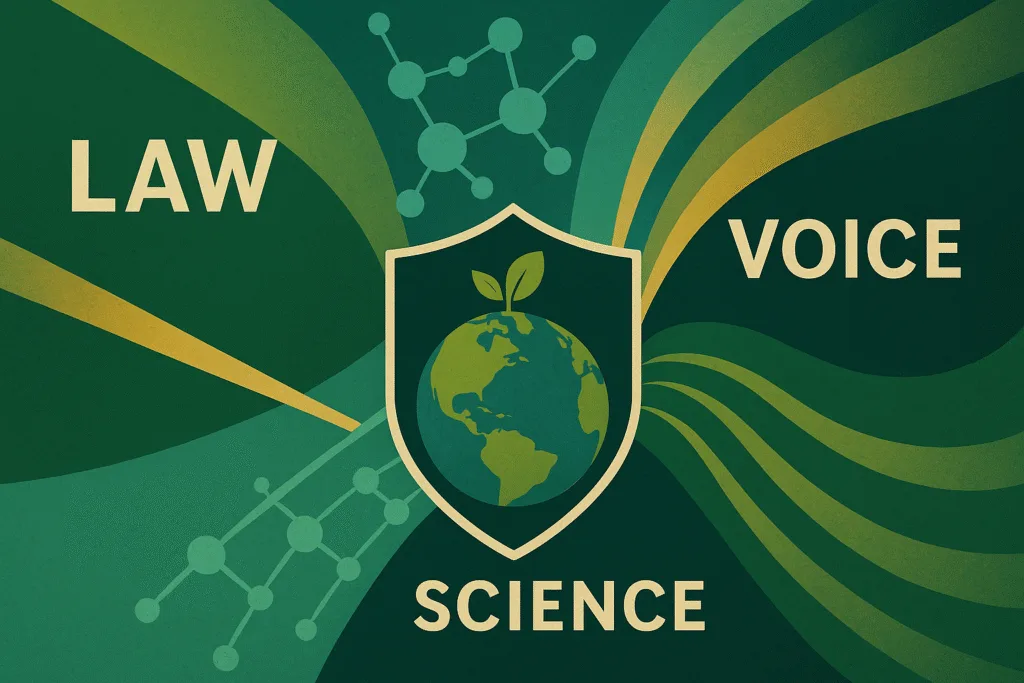
The Natural Resources Defense Council (NRDC) is a pioneering nonprofit environmental advocacy organization founded in 1970. It was the first group to integrate environmental litigation into a broader strategy for planetary protection. The NRDC’s mission is to protect the Earth’s people and natural systems using the combined force of law, science, and the voices of its members. Combining legal force with scientific credibility, the NRDC has evolved into a major force for policy change, regulatory enforcement, and public education. Its global operations are headquartered in New York City, with additional offices in key environmental and political hubs.
Why Understanding the NRDC Is Beneficial
Understanding what the NRDC is—and how it operates—equips individuals, organizations, and policymakers to collaborate more effectively on environmental issues. For instance, knowing that the NRDC has been instrumental in shaping policies around clean air, climate reform, and toxic waste cleanup makes it easier to see how grassroots action can align with institutional power. Whether you’re a student, donor, advocate, or voter, this knowledge can guide smarter engagement with today’s climate challenges.

- Founded: 1970 by law students and attorneys, including John H. Adams, later awarded the Presidential Medal of Freedom.
- Staff: Over 700 professionals, including scientists, environmental lawyers, and policy analysts.
- Membership: Backed by more than 3 million members and online activists worldwide.
- Headquarters: New York City, with additional offices in San Francisco, Washington, D.C., Los Angeles, Chicago, and Beijing.
- Scope of Impact: Active in 100+ countries through legal partnerships, scientific coalitions, and global campaigns.
- Legal Track Record: Files over 100 legal actions annually, enforcing key U.S. environmental laws like the Clean Air Act and Clean Water Act.
Inside the NRDC: History, Mission, and Organizational Reach
- Legal Foundations: The NRDC was born out of a desire to use legal tools to combat pollution and enforce environmental laws. Early victories include court battles to uphold the Clean Air Act and halt hazardous waste dumping.
- Scientific Integrity: The NRDC employs environmental scientists to generate research used in court cases, legislation, and public awareness campaigns—ensuring advocacy remains evidence-based.
- Global Advocacy: While founded in the U.S., the NRDC has expanded to include international collaboration—especially around climate change, biodiversity, and clean energy transitions.
- Cross-Functional Teamwork: Its integrated team of attorneys, scientists, economists, and organizers allows the NRDC to tackle issues holistically—from courtroom litigation to grassroots mobilization.
- Public Education: The NRDC publishes consumer guides, environmental impact reports, and policy recommendations aimed at helping everyday people take part in climate action.
Mini Glossary – Key Terms Related to NRDC
- Environmental Advocacy: The act of using policy, communication, and legal strategies to defend ecosystems and public health.
- Environmental Justice: The fair treatment and involvement of all people in environmental policy, especially marginalized communities disproportionately affected by pollution.
- Clean Energy Transition: The move from fossil fuels to renewable energy sources like solar and wind—a central focus of the NRDC’s climate work.
The NRDC’s Unique Approach: Law Meets Science for Global Impact
The NRDC is more than a nonprofit—it’s a global legal and scientific institution committed to protecting the Earth’s ecosystems and communities. With over five decades of litigation, policy shaping, and scientific leadership, it remains a foundational pillar of the modern environmental movement. Knowing what the NRDC is means understanding one of the most powerful levers for climate and ecological progress.
To explore the NRDC’s mission, history, and ongoing work in greater depth, visit their official About page.